How To Make A Microscope With A Bottle ?
To make a microscope with a bottle, you can follow these steps:
1. Start by cleaning a plastic bottle thoroughly to ensure there are no residues or impurities.
2. Cut off the bottom of the bottle using a sharp knife or scissors.
3. Take a small piece of clear plastic or glass, such as a microscope slide or a transparent plastic sheet, and place it over the open end of the bottle.
4. Secure the plastic or glass piece in place using rubber bands or tape, ensuring it is tightly sealed.
5. Create a small hole in the center of the plastic or glass piece using a pin or a needle.
6. Place the object you want to observe on a flat surface, and position the bottle with the open end facing downwards over the object.
7. Look through the hole you created in the plastic or glass piece, and adjust the distance between the object and the bottle until you achieve a clear magnified image.
Please note that this homemade microscope may not provide high-quality or professional-level magnification, but it can be a fun and educational way to explore the microscopic world using simple materials.
1、 DIY Microscope: Creating a Simple Bottle Microscope
DIY Microscope: Creating a Simple Bottle Microscope
Microscopes are essential tools for scientific exploration, allowing us to observe and study the microscopic world. While professional microscopes can be expensive, you can create a simple microscope using just a bottle and a few other materials. This DIY project is a great way to introduce children to the wonders of microscopy and can also be a fun experiment for adults.
Here's a step-by-step guide on how to make a microscope with a bottle:
1. Gather the materials: You will need a clear plastic bottle with a screw-on cap, a small piece of plastic or glass, a small LED light, a small piece of black paper, tape, and a sharp knife or scissors.
2. Prepare the bottle: Remove the label from the bottle and clean it thoroughly. Cut off the bottom of the bottle, leaving a cylindrical shape.
3. Create the lens holder: Cut a small hole in the cap of the bottle, just big enough to fit the piece of plastic or glass. Secure the lens in place using tape.
4. Add the light source: Attach the LED light to the side of the bottle using tape. Make sure it is positioned to shine through the lens.
5. Create a dark background: Cut a small piece of black paper and tape it to the inside of the bottle, opposite the lens. This will provide a dark background for better visibility.
6. Test your microscope: Place a small object, such as a leaf or an insect, on a flat surface. Position the bottle over the object, with the lens facing down. Look through the top of the bottle and adjust the focus by moving the object closer or further away from the lens.
This simple bottle microscope works by magnifying the image of the object through the lens and allowing light to pass through for better visibility. While it may not provide the same level of magnification as professional microscopes, it can still offer a fascinating glimpse into the microscopic world.
It's important to note that this DIY microscope is a basic model and may not provide the same level of clarity and precision as professional microscopes. However, it serves as a great starting point for beginners and can spark curiosity and interest in microscopy.
Remember to always handle sharp objects with caution and supervise children during this project. Enjoy exploring the hidden wonders of the microscopic world with your homemade bottle microscope!
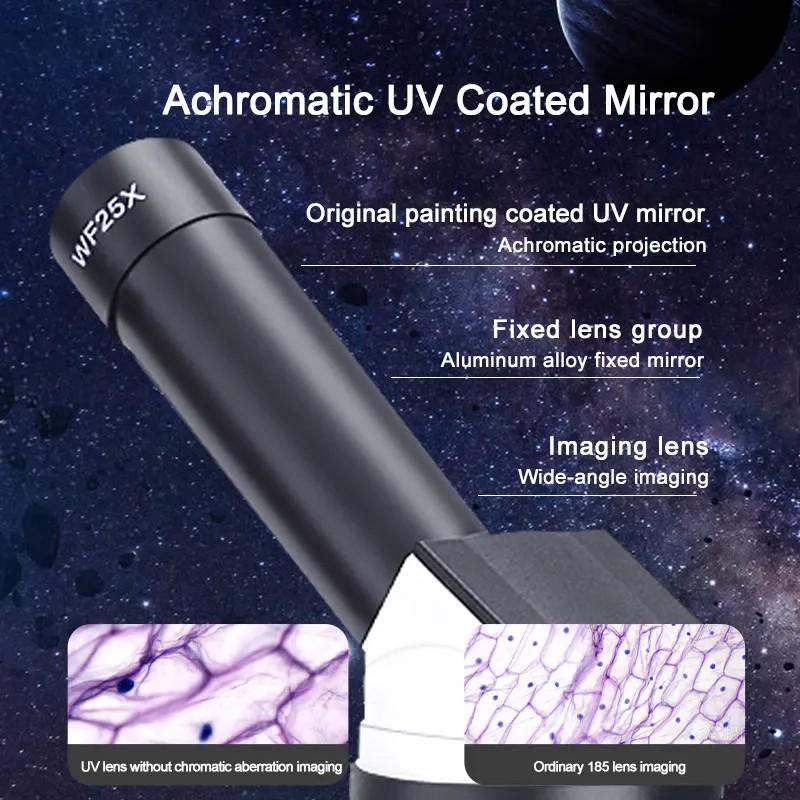
2、 Homemade Microscope: Constructing a Bottle-Based Optical Device
Homemade Microscope: Constructing a Bottle-Based Optical Device
Making a microscope with a bottle is a simple and cost-effective way to explore the microscopic world around us. This DIY project allows you to observe tiny objects and gain a better understanding of their intricate details. Here is a step-by-step guide on how to construct a bottle-based optical device:
1. Gather the materials: You will need a clear plastic bottle, a small LED flashlight, a small piece of aluminum foil, a needle or pin, a small piece of glass or plastic, and some tape.
2. Prepare the bottle: Remove the label and cap from the bottle. Cut off the bottom of the bottle, leaving a cylindrical shape.
3. Create the lens: Take the small piece of glass or plastic and carefully heat it until it becomes malleable. Shape it into a convex lens by pressing it against a curved surface, such as a spoon or a small bowl. Let it cool and harden.
4. Attach the lens: Cut a small hole in the aluminum foil and tape it to the top of the bottle. Place the lens over the hole and secure it with tape, ensuring it is centered and aligned.
5. Insert the flashlight: Make a small hole in the side of the bottle near the bottom. Insert the LED flashlight into the hole, positioning it so that the light shines through the lens.
6. Adjust and focus: Use the needle or pin to poke a small hole in the aluminum foil, opposite the lens. This will serve as the viewing hole. Adjust the distance between the lens and the object you want to observe until you achieve a clear focus.
7. Observe and explore: Place your object under the lens and look through the viewing hole. Move the object and adjust the focus as needed to explore its microscopic details.
It is important to note that while this homemade microscope can provide a basic level of magnification, it may not match the capabilities of professional microscopes. However, it can still be a fun and educational tool for exploring the microscopic world around us.
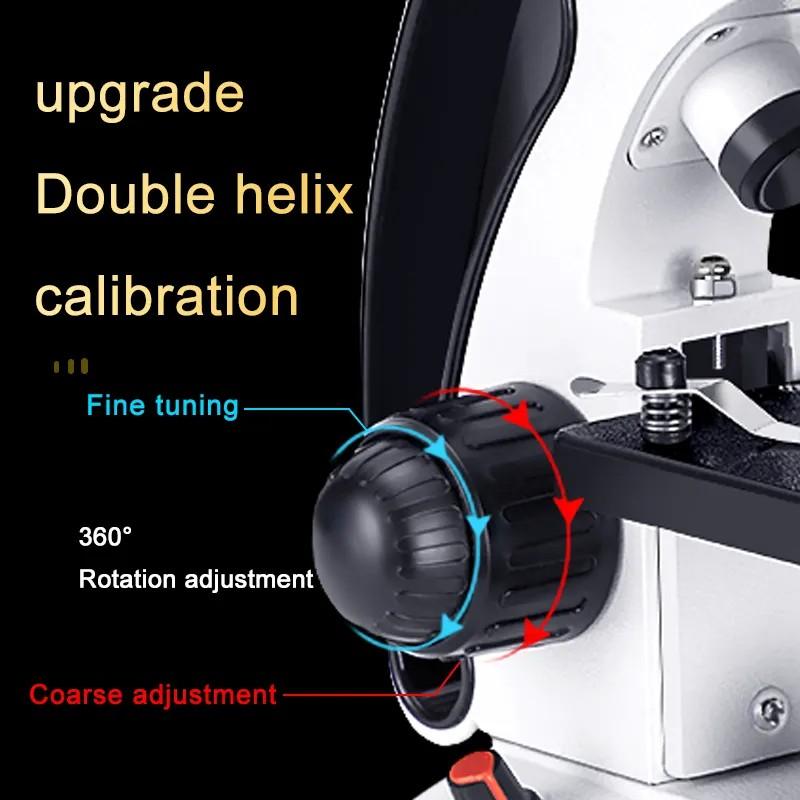
3、 Bottle Microscope: Step-by-Step Guide to Building Your Own
Bottle Microscope: Step-by-Step Guide to Building Your Own
Microscopes are essential tools for scientific exploration, allowing us to observe and study the microscopic world. While professional microscopes can be expensive, you can create your own simple microscope using a bottle and a few other materials. Here is a step-by-step guide to building your own bottle microscope:
1. Gather the materials: You will need a clear plastic bottle with a screw-on cap, a small LED flashlight, a small piece of plastic wrap, a rubber band, and a sharp knife or scissors.
2. Prepare the bottle: Remove any labels or stickers from the bottle and wash it thoroughly. Make sure the bottle is clean and dry before proceeding.
3. Cut a hole in the cap: Use the knife or scissors to carefully cut a small hole in the center of the cap. The hole should be just big enough to fit the LED flashlight snugly.
4. Attach the plastic wrap: Stretch the plastic wrap tightly over the open end of the bottle and secure it with a rubber band. Make sure the plastic wrap is smooth and free of wrinkles.
5. Insert the LED flashlight: Insert the LED flashlight into the hole in the cap, with the light facing towards the plastic wrap. Screw the cap onto the bottle, making sure it is tightly sealed.
6. Test your microscope: Turn on the LED flashlight and place a small object, such as a leaf or a piece of hair, on the plastic wrap. Look through the bottom of the bottle and adjust the distance between the object and the plastic wrap until you achieve a clear image.
This simple bottle microscope works by using the plastic wrap as a lens to magnify the object placed on it. The LED flashlight provides the necessary illumination for viewing the object. While this homemade microscope may not provide the same level of magnification as professional microscopes, it can still be a fun and educational tool for exploring the microscopic world.
It is important to note that this homemade microscope is a basic and rudimentary version, and it may not provide the same level of clarity and precision as professional microscopes. However, it can still be a great way to introduce children or beginners to the world of microscopy and spark their curiosity about the hidden wonders of the microscopic realm.
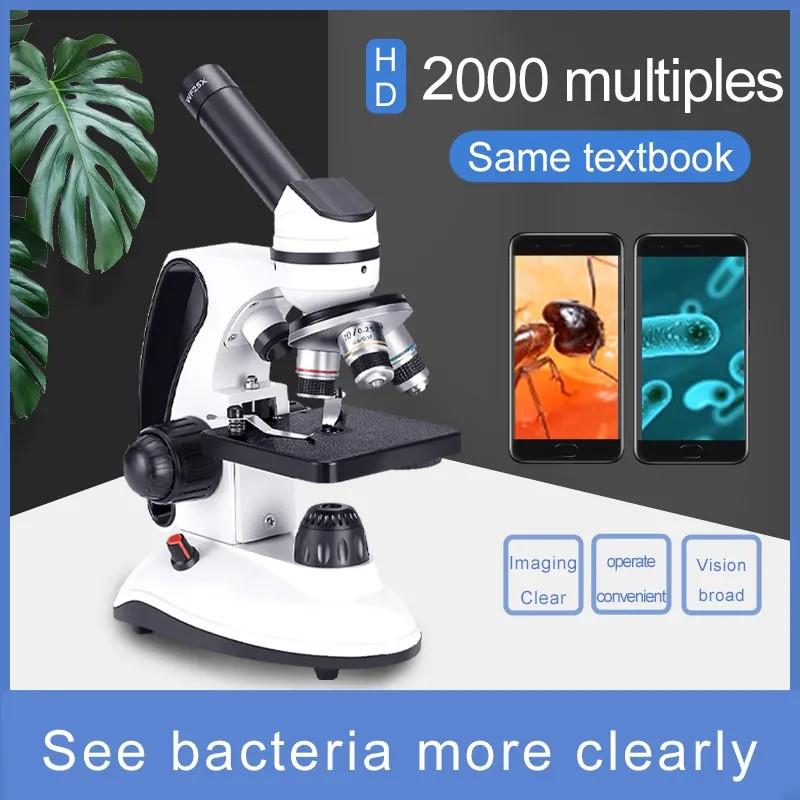
4、 Crafting a Basic Microscope Using a Bottle and Household Items
Crafting a Basic Microscope Using a Bottle and Household Items
Microscopes are essential tools for scientific exploration, allowing us to observe the microscopic world in detail. While professional microscopes can be expensive, you can create a basic microscope using a bottle and household items. This DIY project is a fun and educational way to explore the world of microscopy.
To make a microscope with a bottle, you will need the following materials:
1. A plastic bottle with a screw-on cap
2. A small piece of clear plastic or glass
3. A small LED flashlight or smartphone with a flashlight function
4. A small piece of black construction paper or cardboard
5. A small piece of tape or adhesive putty
Here's how to assemble your homemade microscope:
1. Start by cutting a small hole in the center of the bottle cap. The hole should be just big enough to fit the piece of clear plastic or glass.
2. Place the clear plastic or glass over the hole and secure it with tape or adhesive putty. This will act as the lens of your microscope.
3. Cut a small square from the black construction paper or cardboard and tape it to the bottom of the bottle. This will serve as a dark background for your specimens.
4. Fill the bottle with water, leaving some space at the top.
5. Screw the cap back onto the bottle, making sure the lens is facing downwards.
6. Turn on the LED flashlight or use the flashlight function on your smartphone and place it under the bottle. The light will pass through the lens and illuminate your specimen.
7. Place your specimen on the black background and adjust the distance between the lens and the specimen until you achieve a clear image.
It's important to note that this homemade microscope will have limitations compared to professional microscopes. The magnification power will be relatively low, and the image quality may not be as sharp. However, it can still provide a fascinating glimpse into the microscopic world.
Remember to handle the bottle and materials with care to avoid accidents or damage. Additionally, always clean and dry the lens after each use to maintain clarity.
Crafting a basic microscope using a bottle and household items is a creative and accessible way to explore the microscopic world. It can be a great project for children or anyone interested in science. So, grab a bottle and start exploring the hidden wonders that surround us!
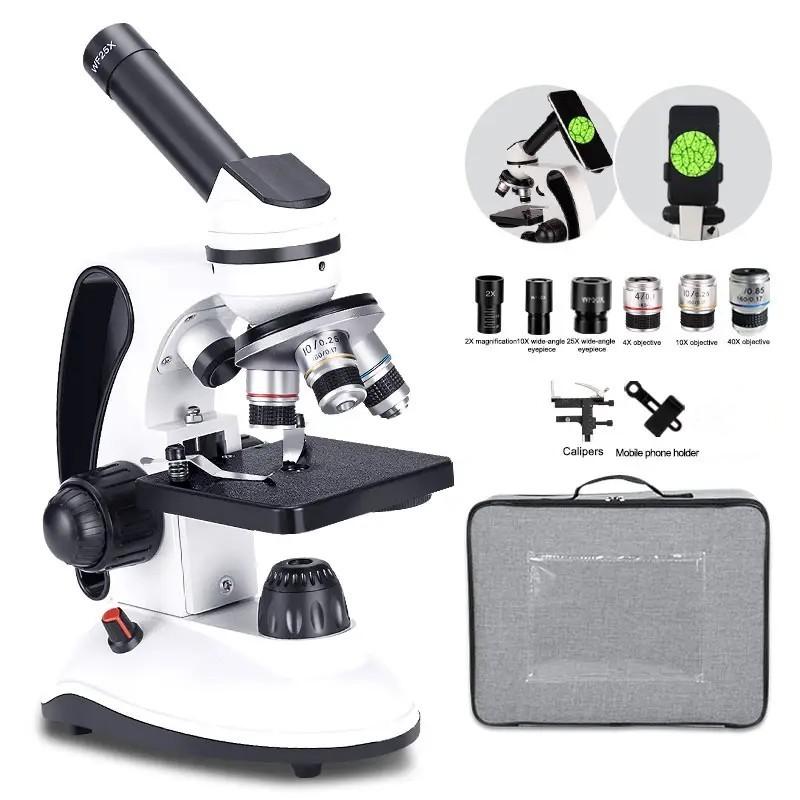






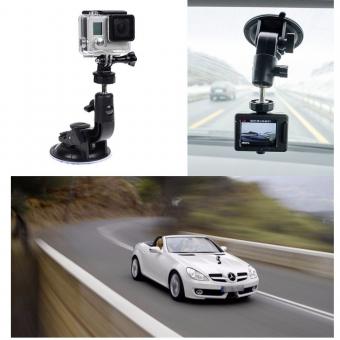







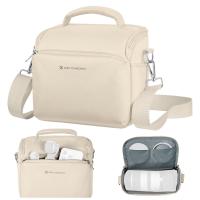
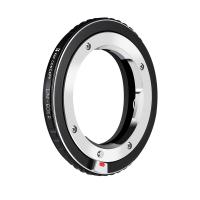
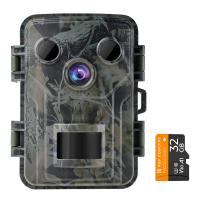

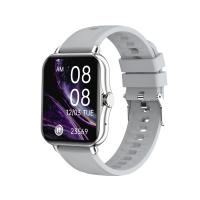
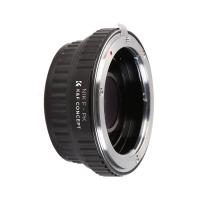
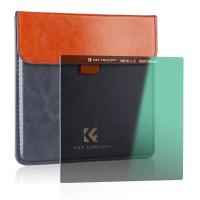
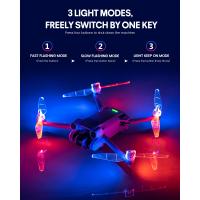
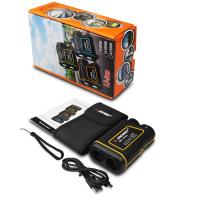
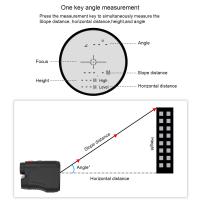
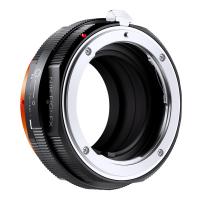
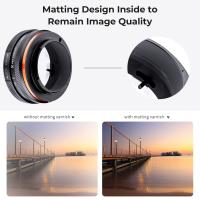

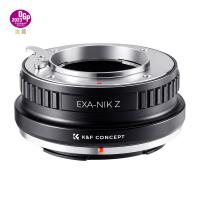
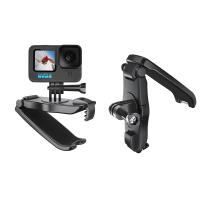
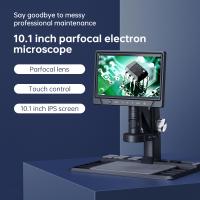

There are no comments for this blog.